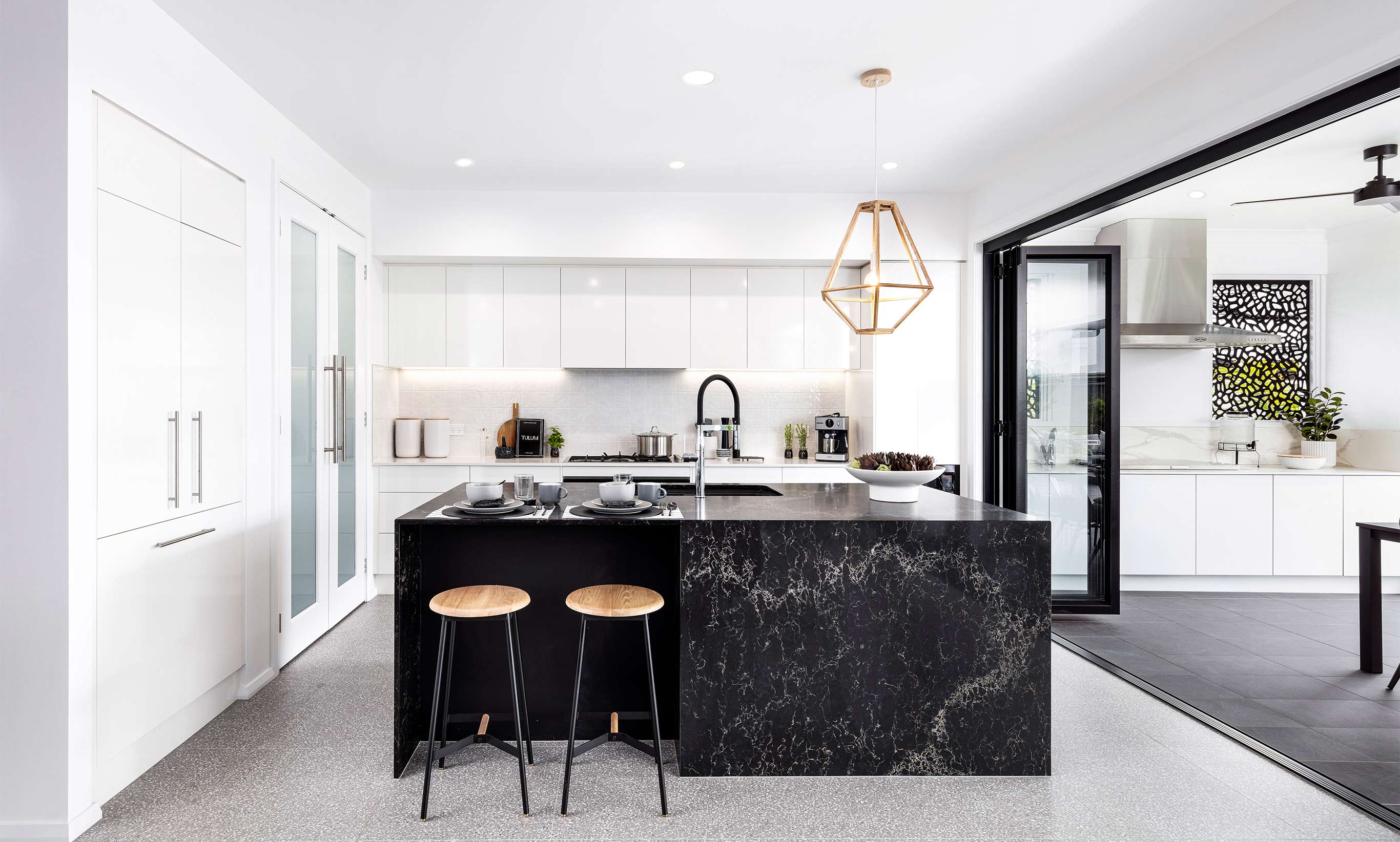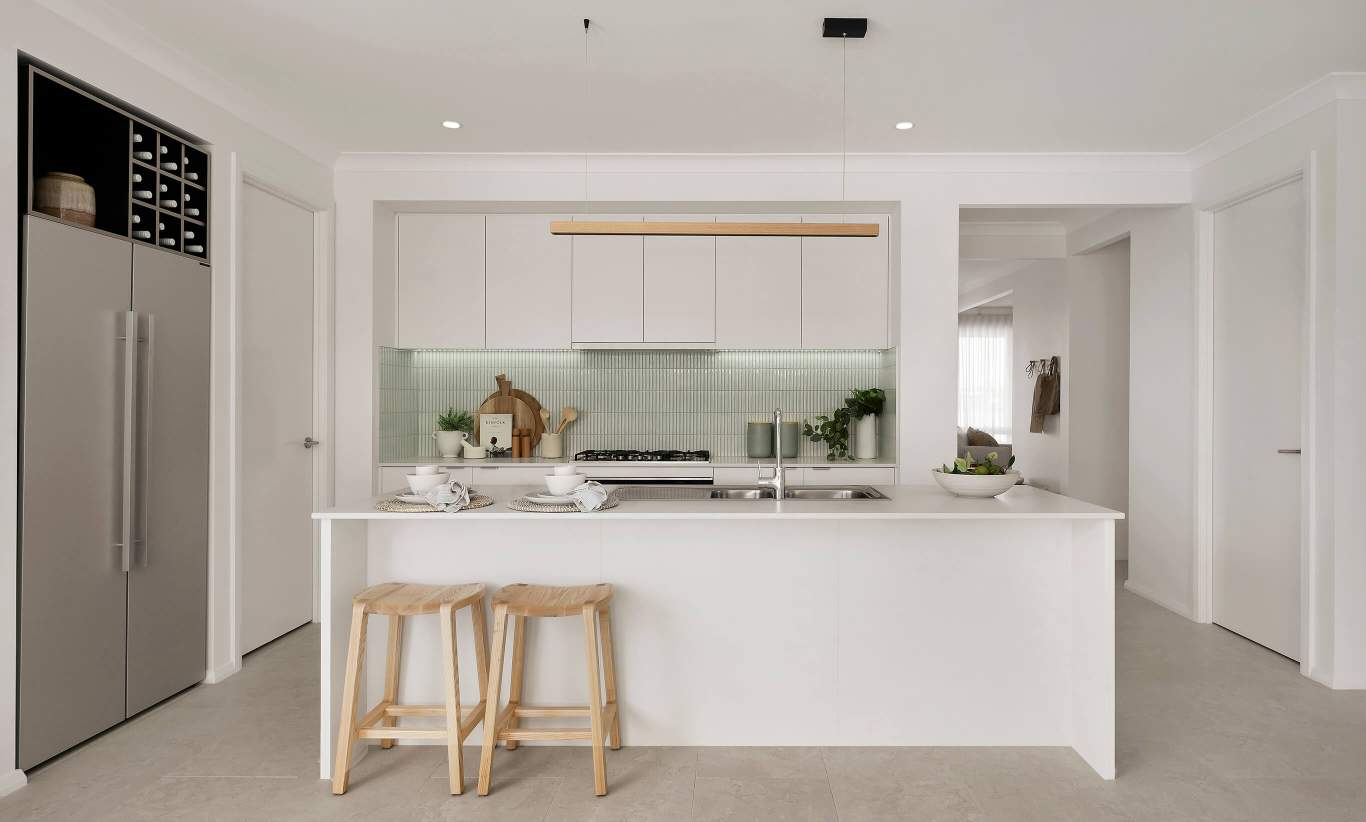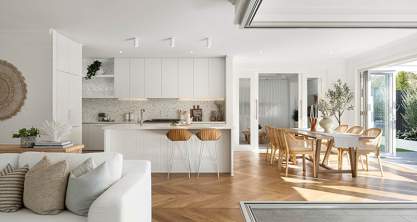What is a Bulkhead?
Embarking on your journey as a first-time home builder? Let's bring you up to speed on some terms you may have been curious about starting with bulkheads. Ever heard of a bulkhead? Don't worry if you haven't – many others don't know either and we've got you covered!
Picture this: a bulkhead is like a stylish step-down from your ceiling, adding a modern twist to your kitchen space. Made from all sorts of stuff like gyprock, timber, or metal, these babies not only jazz up your home's vibe but also serve a bunch of handy purposes. So let's dive in and demystify this home feature!
What is the purpose of a bulkhead?
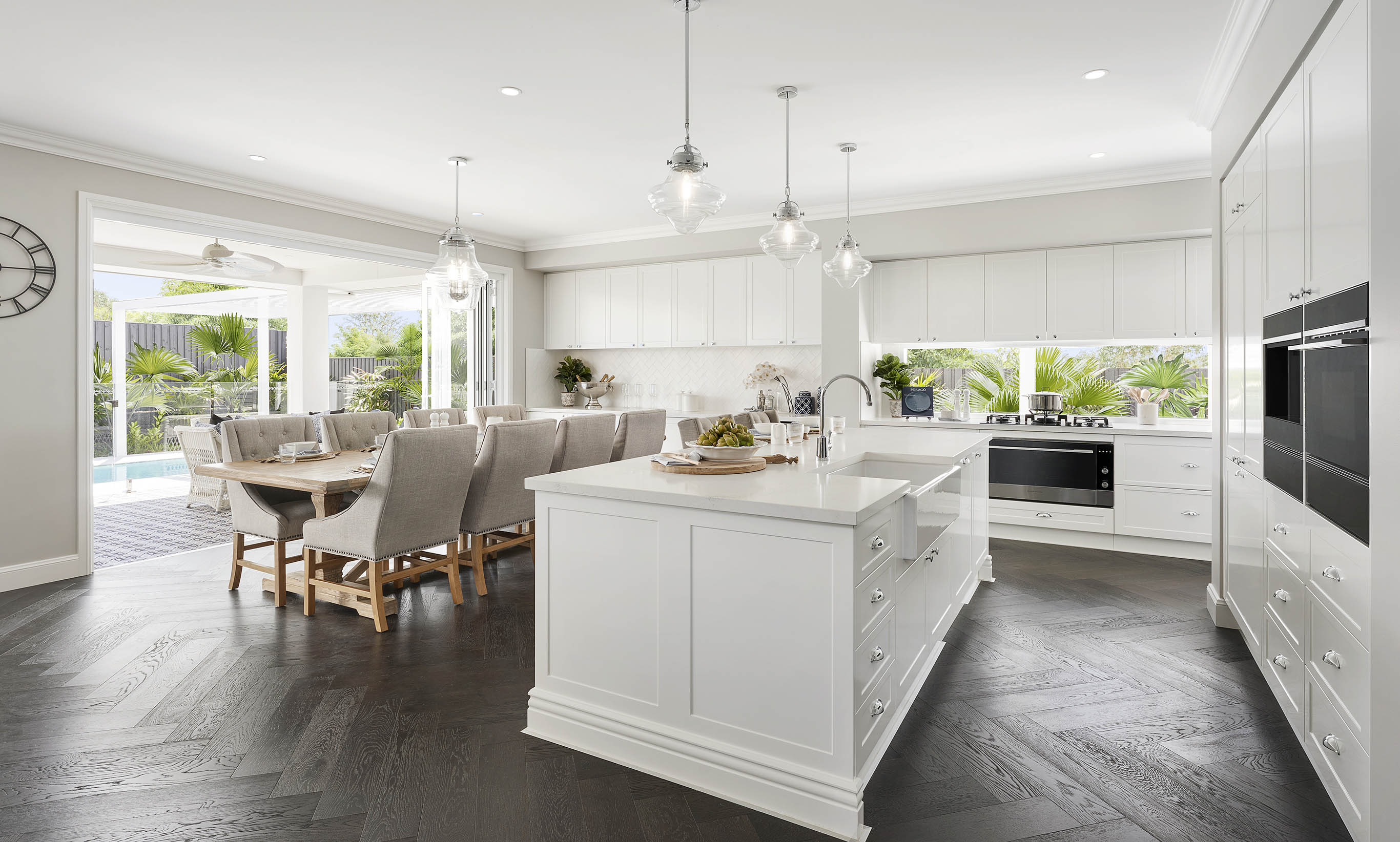
One of the primary purposes of a kitchen bulkhead is to hide unsightly ductwork or plumbing. Many homes have ductwork or pipes running along the ceiling, which can be an eyesore.
By installing a bulkhead, you can cover up these elements, resulting in a more seamless look in your kitchen. The ceiling cabinet effect created by the bulkhead can also add a touch of sophistication to your kitchen.
Other purposes of a bulkhead are to define the kitchen space, improve the acoustics in the room, and provide various functional benefits.
Moreover, a bulkhead can be installed in a larger and taller kitchen to help reduce the volume of air that needs to be cooled or heated, thus improving your home's energy efficiency.
Do bulkheads add structural support to a kitchen?
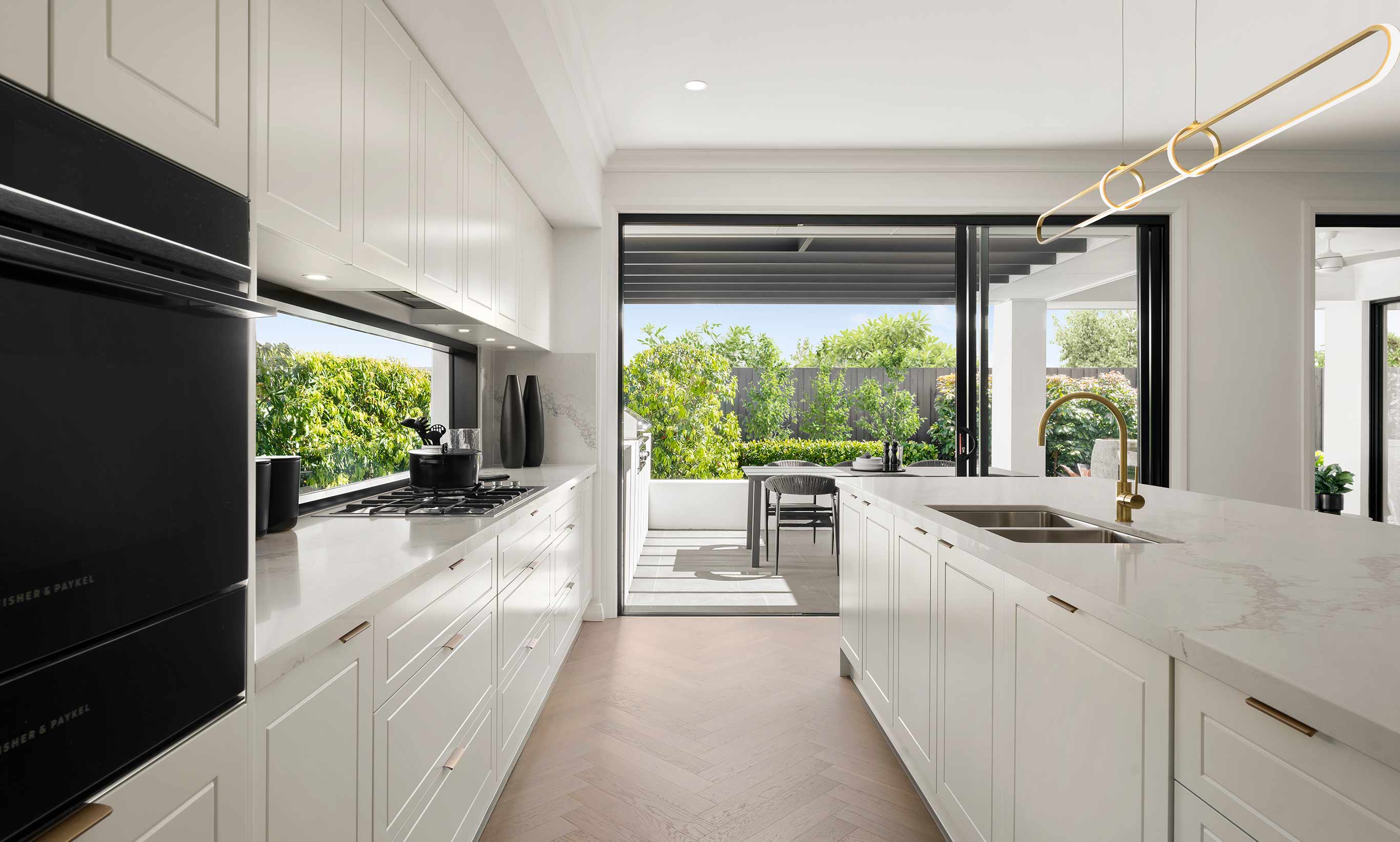
Bulkheads are typically not designed to add structural support to a kitchen. If you are considering a kitchen renovation and want to add structural support, consult a structural engineer or a licensed contractor.
What's the difference between a soffit and bulkhead?
While the terms bulkhead vs soffit are often used interchangeably, as they're both architectural features people use to establish a transition between the ceiling and the wall, they are technically different.
A soffit is a horizontal box-like structure installed on the underside of a roof overhang or eave. They cover exposed beams, protect the home from pests and moisture, and produce a more finished look.
On the other hand, a bulkhead extends from the ceiling and, typically, ends in line with the kitchen cabinetry. They conceal ductwork, beams, and more and have various other benefits.
Are kitchen bulkheads out of style?
Bulkheads have been a popular kitchen design feature for many years and remain a popular choice in 2023. However, like any design feature, trends can change over time, and what's popular today may not be popular in the future.
That said, bulkheads are a versatile design feature that you can customise to fit any design style, from a modern, minimalist look to a more traditional design.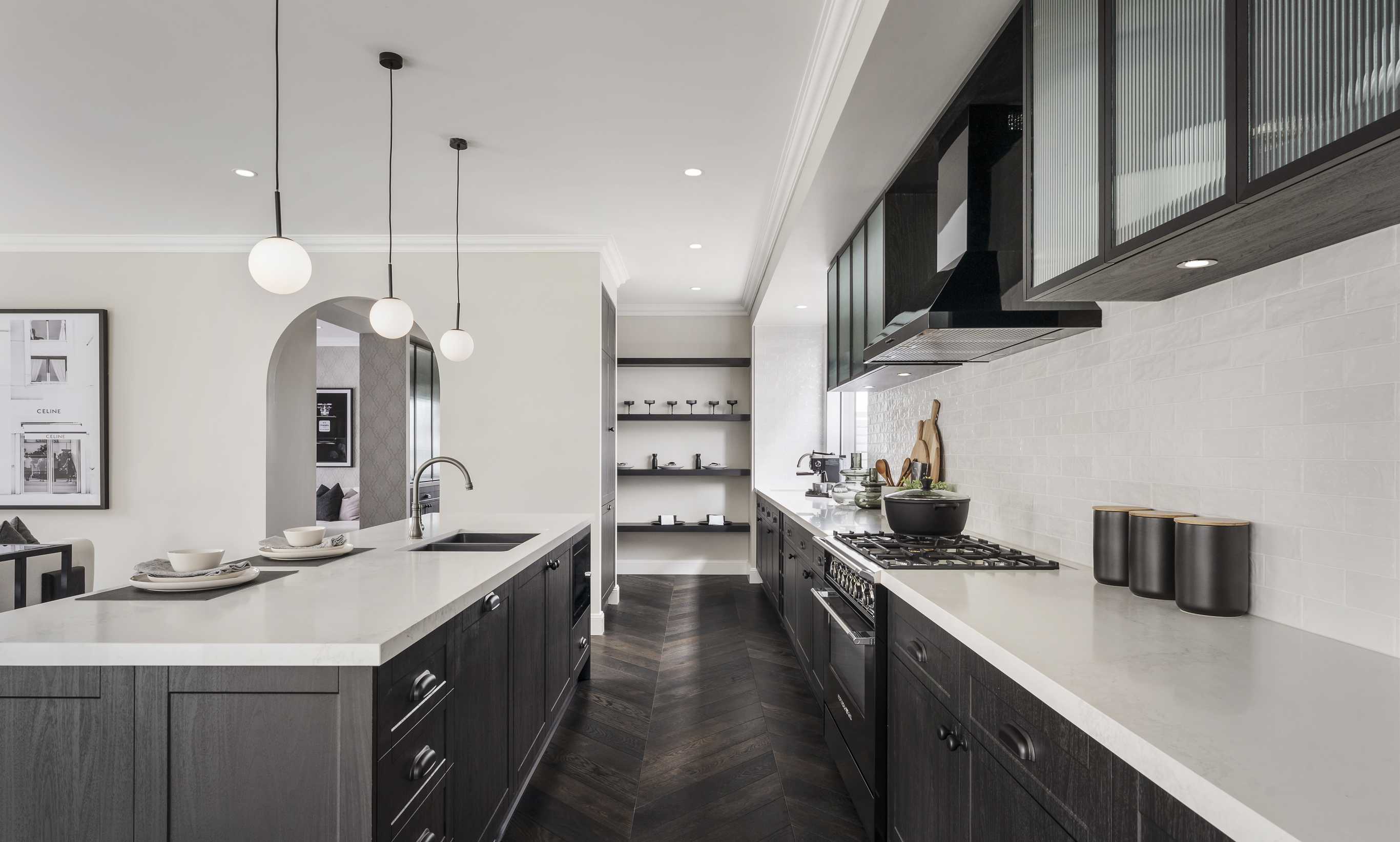
7 reasons to have a bulkhead in your kitchen
If you're considering adding a bulkhead to your kitchen, here are six reasons why we think it's a fantastic idea:
1. Conceal unsightly elements
As mentioned earlier, one of the primary purposes of a bulkhead is to hide unsightly elements. This can create a cleaner, more polished look in your room and provide functional benefits, such as protecting electrical wiring or air conditioning ducts.
2. Add visual interest
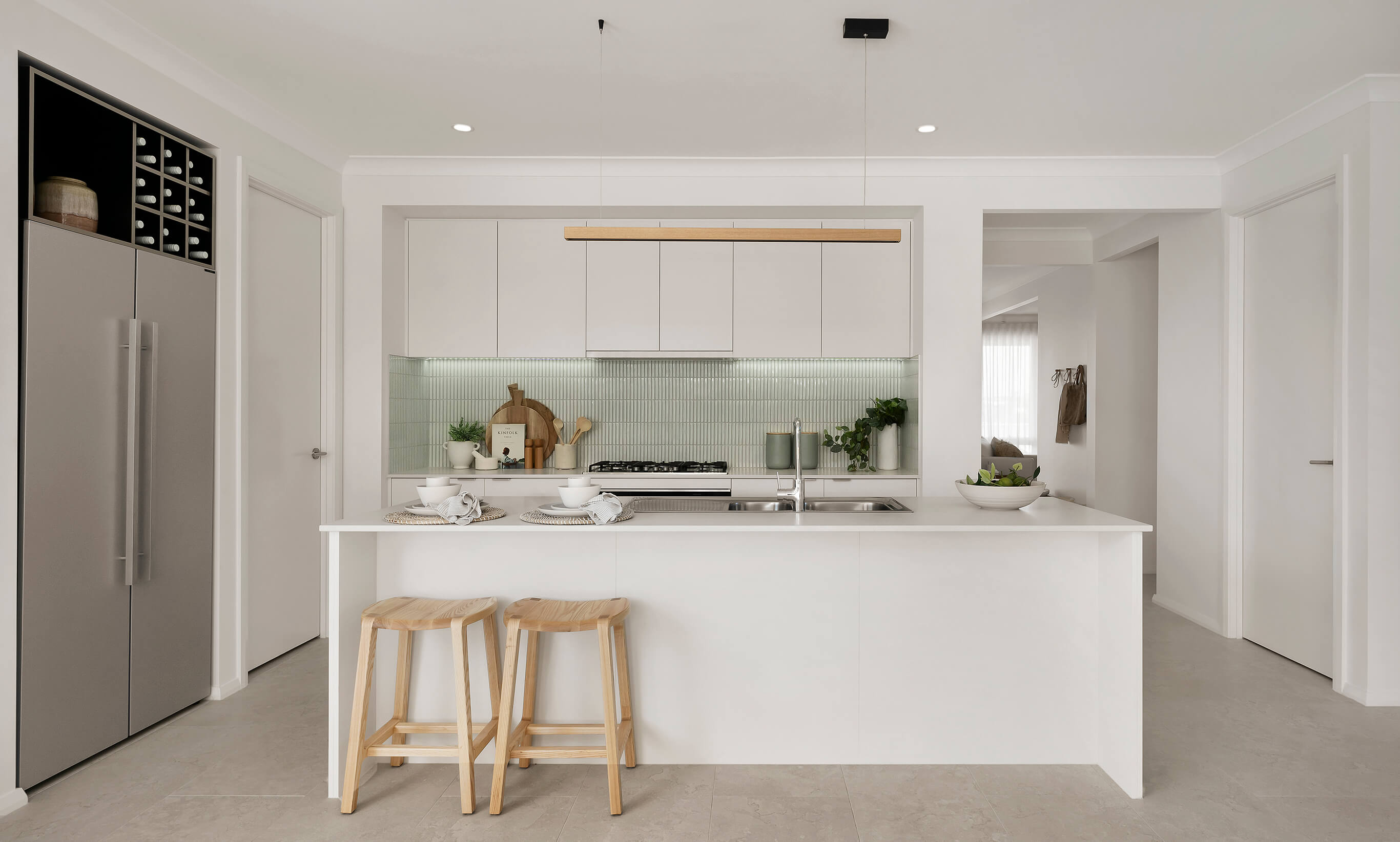
By incorporating a bulkhead, you can add a unique touch of style to your kitchen. The distinct shape and form of the bulkhead can create a focal point that draws the eye upward, adding visual interest to your ceiling.
Additionally, incorporating different materials and finishes, such as wood or metal, can elevate your kitchen's design by creating a unique, custom feature that adds character and aesthetic appeal.
3. Defining spaces
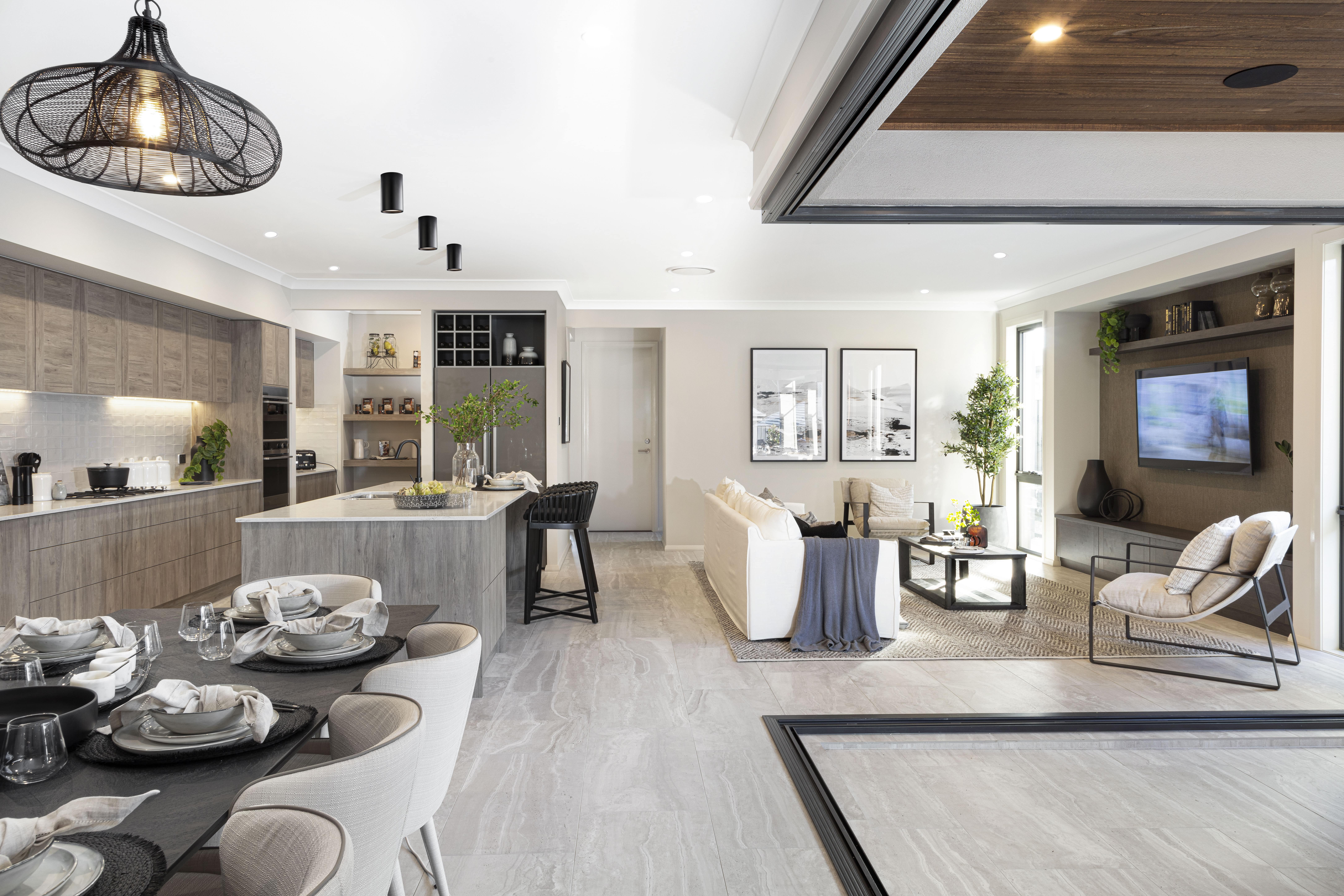
Lowering the ceiling heights in the kitchen area allows you to create a visual separation between the kitchen and the adjacent living or dining room. Additionally, you can opt for a curved or angled bulkhead for a unique design feature that helps define separate spaces even further.
The Seaview is a remarkable open-concept home from our Stuart Everitt Collection, showcased at Waterford Living. It employs a cleverly designed bulkhead to subtly define the dining room and kitchen, adding a touch of sophistication to its classic layout.
4. Improve acoustics
A lowered ceiling can help improve the acoustics in your kitchen by absorbing sound, preventing echoes, and reducing noise.
If you want to build an open-concept kitchen connected to the living or dining area, you can create a more peaceful and comfortable environment for both cooking and entertaining by installing a bulkhead in the kitchen instead of separating the rooms with a full wall. This configuration is best for staying social while one person is in the kitchen and one in the living room, which is crucial if you want to have people over often.
5. Create a focal point
You can also incorporate a bulkhead to create a focal point in your kitchen. This could be done using different materials, colours, or textures to create a statement look.
This is similar to the visual interest benefit but specifically hones in on using different elements than what will surround the bulkhead.
6. Reduces cleaning
Cleaning the area above your kitchen cupboards can be a daunting task, often requiring the use of stools and a fair amount of effort. However, with the installation of a bulkhead above your kitchen cabinets, this dreaded space can be easily enclosed, eliminating the need for regular cleaning.
On display at Homeworld Thornton, the Valiente home design features a stunning feature surrounding the TV in the home theatre. Here, a bulkhead has been cleverly constructed to enclose the otherwise unused space above the mounted TV unit, adding a touch of practicality and visual interest to the overall design.
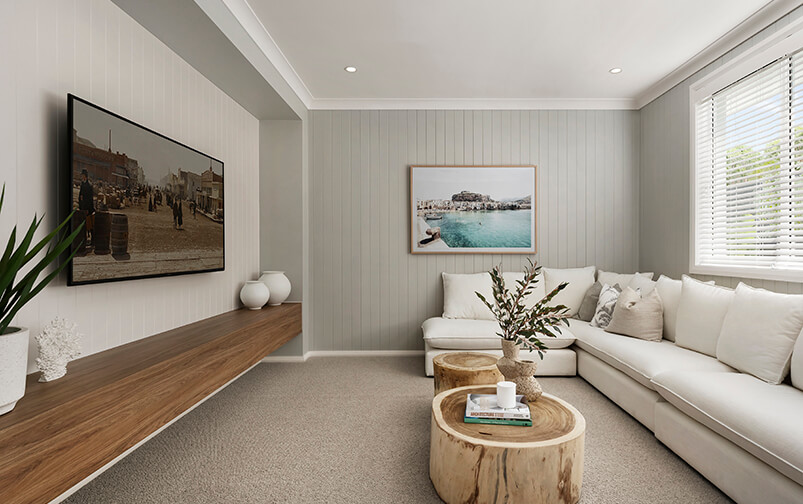
7. Energy efficiency
One of the benefits of incorporating a bulkhead ceiling into home design is their contribution to energy efficiency. By reducing the volume of air that needs to be cooled or heated, bulkheads play a crucial role in optimising AC systems and minimising energy consumption. This results in lower utility bills and reduces the carbon footprint of the home, making it more environmentally sustainable.
Installing a bulkhead in your kitchen with McDonald Jones
From hiding air conditioning ducts to creating a visual focal point, there are many reasons to consider incorporating a bulkhead in a house.
McDonald Jones offers a wide range of kitchen bulkhead design ideas to cater to various styles. Our inspiring kitchen gallery will allow you to visualise yourself in each of our kitchens and help you plan your dream kitchen with ease.
If you're considering adding a bulkhead to your new McDonald Jones Home, we invite you to visit our display homes in NSW and ACT and schedule a consultation with one of our design experts to discuss your vision.
